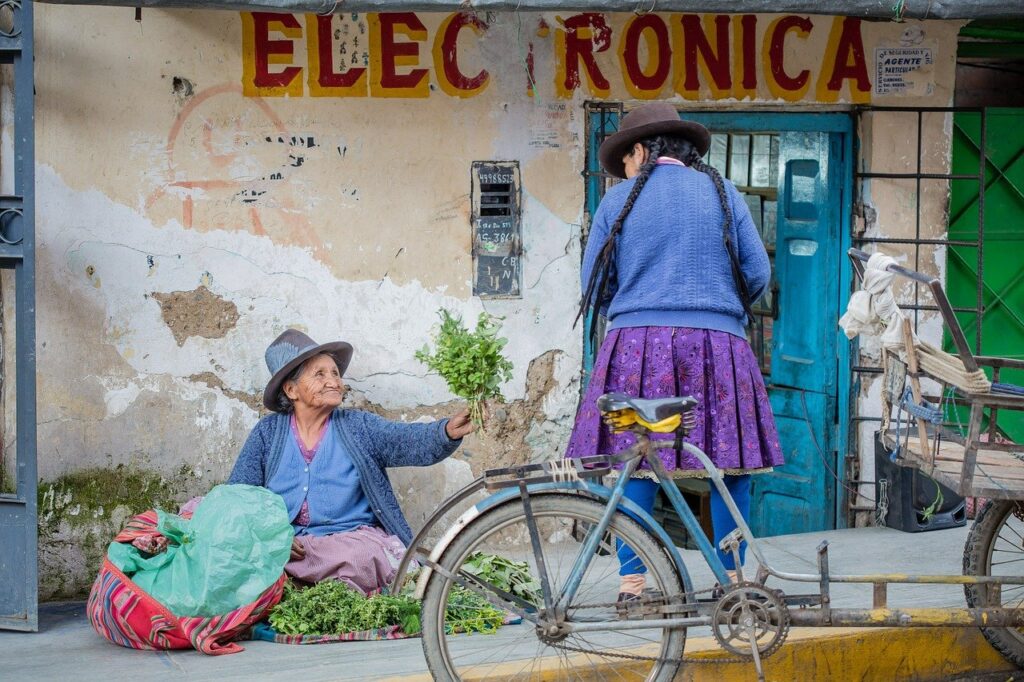Vestigo Volatility Score: 45%
Pedro Castillo, leftwing candidate of the June 2021 presidential election in Peru, took office on July 28 after officials declared him victor. He won by a slim margin of 50.1 percent of the vote. He won, if by a hair’s breadth, by appealing to Peru’s poor, pledging to dramatically increase spending in areas including health and education. While increased spending can only result in an increase in taxes, fears of a shift to the radical leftwing politics currently present in Venezuela and Cuba is unlikely, despite what pundits and his rivals might say.
Business leaders and investors are worried that Castillo’s plans to raise the corporate tax limit, redraw the constitution, and pour money into the education and healthcare sectors, is a form of unfriendly policy to long-term investment. However, Castillo has already notably distanced himself from the hardliners in his party that have supported the likes of Hugo Chavez of Venezuela and Fidel Castro of Cuba and the policies those men produced. Castillo has in fact rejected the comparison that commentators and analysts have made between himself and Chavez. His potential pick of economy minister (as of July 28), Pedro Francke, indicates a more moderate outlook.
Is Peru headed down a dangerous path?
The business community has reacted with added uncertainty to Castillo because his victory was so slim, as well as due to claims of electoral irregularity by his opposition. Keiki Fujimori, Castillo’s only rival in the June election, only recognized Castillo’s win after six weeks of contesting the poll. Notably, she still maintains there was electoral fraud, fueling business volatility. Though while Fujimori declares that Peru is headed on a dangerous new path, the reality is more nuanced.
Castillo’s relationship with his own party, Perú Libre (Free Peru), and the leader of Perú Libre, Vladimir Cerrón, is not clear cut. Possible divisions within the party might pose challenges for governance throughout Castillo’s new term. In addition, Castillo’s prospect as an influential power broker has already been dampened by his inability to form a coalition in a divided congress. Out of 130 seats in Peru’s Congress, Perú Libre has 37 seats. That fact in and of itself is a huge constraint on his party’s ability to enact sweeping legislation without serious compromise.
What will happen to the money?
Peru is the world’s second largest copper producer with the industry acting as a bastion of the private sector economy in the country. The industry will be fearful of a dramatic hike in taxes. An increase in taxes is possible, though expropriation, as some members of his party would want, is highly unlikely.
Markets fell on the news that Castillo had officially won the presidential election. The Sol, Peru’s currency, hit a low against the dollar as the news reverberated in the eardrums of power-wielding financiers. This was reactive. Castillo is constrained in his ability to enact as far-reaching reform as his party and followers are currently touting. It is likely that businesses and wealthy Peruvians who have retracted their money will reinvest in the long-term. Castillo’s pledge to respect financial markets and the autonomy of the central bank is also significant. It is only rhetoric at this time, though it is a rhetoric that must not be ignored in place of a solely fatalist economic outlook. It is an indication, among many, that Castillo will not seek to overtly disrupt the status quo.

